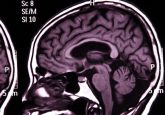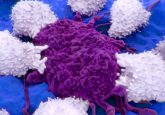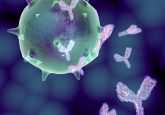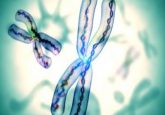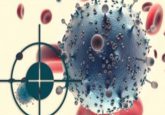Wilms’ tumor: new mutations identified

A recently published study from researchers at the University of Texas Southwestern Medical Center (TX, USA) provides new insight into the mechanism through which mutations in miRNA biogenesis components reprogram miRNA expression in cancer, and thus they may have defined a new subclass of Wilms’ tumor. The findings have implications for future treatment of Wilms’ tumor, and potentially other childhood tumors.
Wilms’ tumor is the most common childhood kidney cancer and, according to the American Cancer Society, an estimated 510 cases will be diagnosed among children in 2014.
James Amatruda, senior author of the study, explained the importance of the research: “While most children with Wilms’ tumor are thankfully cured, those with more aggressive tumors do poorly, and we are increasingly concerned about the long-term adverse side effects of chemotherapy in Wilms’ tumor patients. We wanted to know – what are the genetic causes of Wilms’ tumor in children and what are the opportunities for targeted therapies? To answer these questions, you have to identify genes that are mutated in the cancer.”
Therefore, the researchers sequenced the DNA of 44 Wilms’ tumors and identified missense mutations in miRNA-processing enzymes DROSHA and DICER1, as well as novel mutations in MYCN, SMARCA4 and ARID1A.
Discussing the results, Amatruda added: “What’s exciting about these results is that we can begin to understand what drives the growth of different types of Wilms’ tumors. This is a critical first step in trying to treat the cancer based on its true molecular defect, rather than just what a tumor looks like under a microscope. Most importantly, we begin to think in concrete terms about a therapy, which is an exciting translational goal of our work in the next few years.”
Sources: Rakheja D, Chen KS, Liu Y et al. Somatic mutations in DROSHA and DICER1 impair microRNA biogenesis through distinct mechanisms in Wilms tumours. Nat Commun. 2014 Sep 5; 2: 4802. doi: 10.1038/ncomms5802 (2014); The University of Texas Southwestern Medical Center press release
